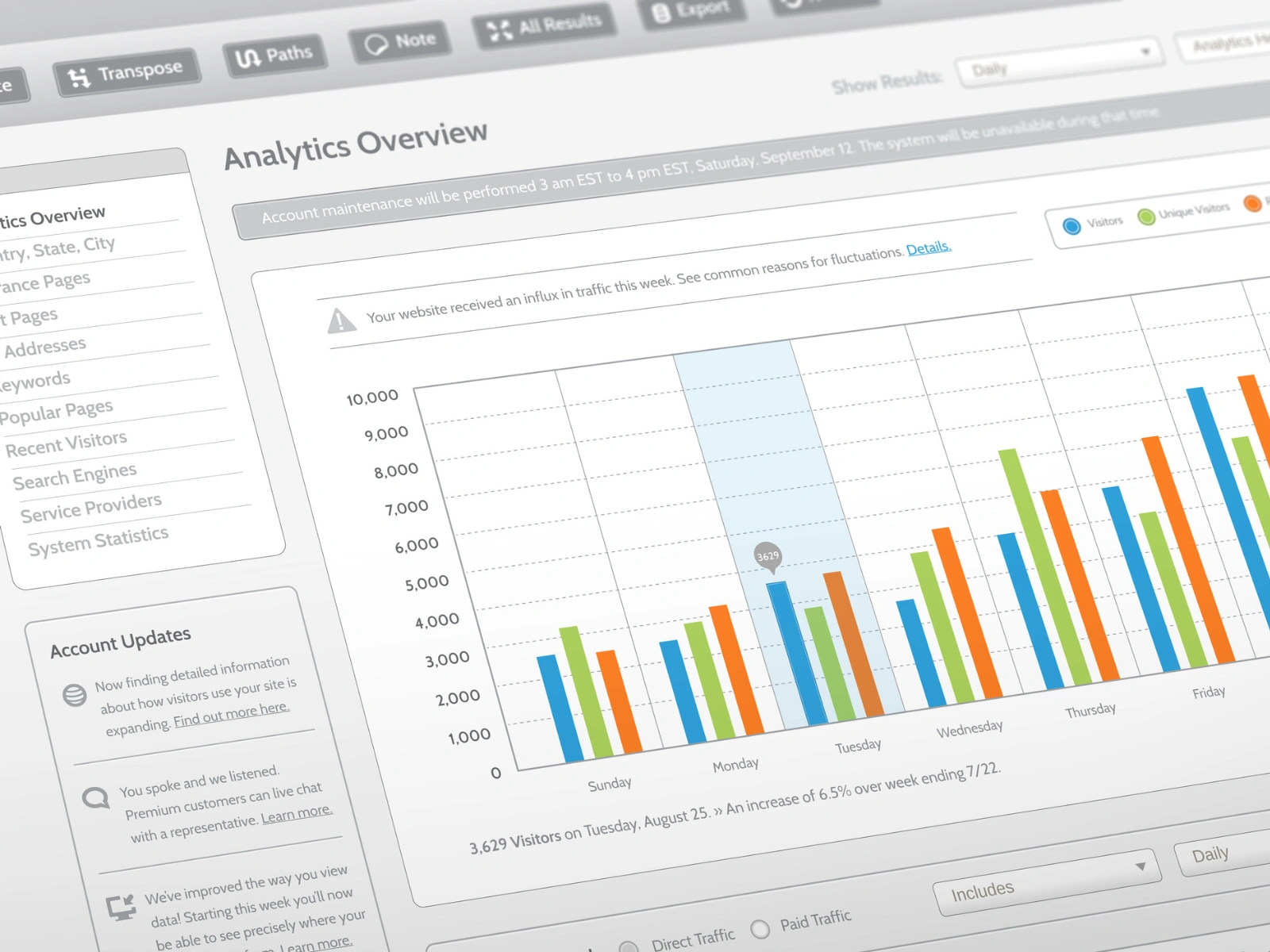Personalize or Else: Future-Proofing Philanthropy


Philanthropy is all about fostering personal relationships. Right now there’s a shake-up in the status quo around how organizations cultivate these relationships. This is due to stricter regulations on data privacy and a large-scale adoption of AI. Now the question is “do nonprofits have the right tech to keep their relationships with their constituents personal?”
Meeting Donor Expectations
People like feeling special. According to Marigold’s 2024 Consumer Trends Index:
- 85% of audiences have a favorable view of organizations that treat them as unique individuals.
- 51% of audiences are frustrated when they receive content or offers that are irrelevant to them.
- 78% of audiences are more inclined to engage with offers that are tailored to their interests. Most will pay more attention if what they get feels personalized.
And donors are ready to exchange their personal data for value. Again, here are the numbers from Marigold:
- Early or exclusive access to offers and events, attractive to 83%.
- Discounts or coupons, coveted by 91%
- Opportunities to win something, sought after by 81%
- Exclusive content, with 60% of audiences willing to trade their data for access.
Unified Data Strategy: A Non-Negotiable
Data privacy is quickly becoming the new normal. As regulations tighten around third-party data collection, nonprofits must pivot their strategies to focus on Donor Lifetime Value (DLV) and increasing lower funnel conversion rates. This isn’t a setback; it’s an opportunity.
A recent study by Salesforce shows that 30% of marketers struggle to create a cohesive data strategy. Without unified data derived from numerous touchpoints, nonprofit marketing and development departments are not equipped to effectively develop and accurately measure strategies for building awareness and engaging donors.
Closing the AI-Powered Gap
A report from IDC showed that in 2023 global spending on AI adoption – including software, hardware, and services related to AI-centric systems – went up by 27%, reaching $154 billion worldwide. Even more, Influencer Marketing Hub shared that in marketing, 20% of marketing professionals have spent more than 40% of their marketing budget on AI-driven campaigns and 45% are using AI for content creation. This make sense, since they also report that 80% of digital audiences now expect experiences that are curated to their preferences, a demand that AI is uniquely positioned to fulfill.
While corporate industries, such as banking and retail, are all in on investing in AI, the nonprofit sector is still far behind in adopting AI-powered technologies. The technology gap between for-profit and nonprofit is not just widening but also accelerating. Nonprofits must adopt AI to stay competitive.
The AI Promise: A More Effective, Efficient Future
The potential impact of AI on philanthropy is multifaceted. It can revolutionize efficiency and effectiveness in fundraising, grantmaking, and program evaluation. AI enables more personalized interactions with donors, provides insights from data analysis to guide philanthropic strategy, and automates administrative tasks to free up staff for strategic work. According to a McKinsey report, AI powered personalization could cut acquisition costs by up to 50 percent.
Yet, the application of AI in the philanthropy sector faces hurdles due to the sector’s inherent lack of data-rich organizations. Many nonprofits do not have robust data collection and management systems in place, making it challenging to train AI models effectively or derive meaningful insights. Even when data is available, its quality can be subjective, unstructured, or incomplete, making it difficult for AI algorithms to extract relevant information or patterns accurately.
So, What’s the Smart Move?
Investing in AI-powered platforms that can personalize content based on unified data isn’t just a smart choice; it’s essential. These platforms are key to giving donors the authentic touch they’re looking for, making sense of complex data, and ultimately providing audiences with value.
The risk of inaction is substantial–it’s not just about losing ground; it’s about becoming irrelevant in an era where personalized, data-driven engagement is the standard. Nonprofits that embrace the right marketing technology will fortify their messaging and advance their missions in a space that is getting increasingly crowded.
Related resources

Thanks! You’ll hear back within 48 business hours
In the meantime, why not check out our latest case study?

Whether you need help with a project, want to learn more about us, or just want to say hi, you’ve come to the right place.






